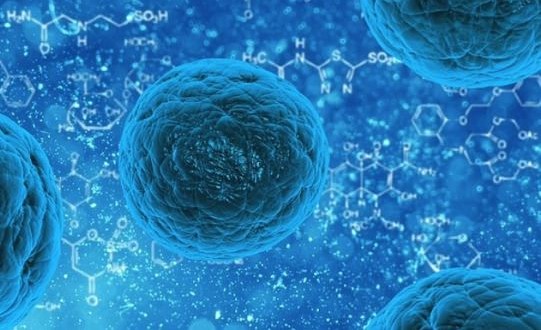About 50 years ago, scientists spotted the presence of tiny blob-like structures that formed inside cells, move around and disappear. Now, researchers are taking a closer look in order to find out exactly what these shifting cloud-like collections of proteins do.
It has been half a century since scientists first discovered cloud-like clusters of proteins that form inside cells, mysteriously move around and then vanish, according to a release from the Georgetown Medical Center. Though they could be vital to the life of a cell and may offer crucial insights for disease management, their purpose is still unknown.
Researchers have issued a call in the Journal of Cell Biology for researchers from various disciplines to focus attention on these “assemblages.”
“I want to know what these assemblages are doing in Ewing sarcoma, the disease I concentrate on — and I would think all other researchers who study human biology would want to know their functions in both health and disease,” says Jeffrey Toretsky, MD, professor in the department of oncology and pediatrics at Georgetown Lombardi Comprehensive Cancer Center.
Toretsky and co-author Peter Wright, PhD, professor in the department of integrative structural and computational biology at The Scripps Research Institute in La Jolla, California, compiled all known research on the cellular blobs into a review article.
The assemblages, according to Toretsky, often consist of proteins that do not fit together in structured “lock and key” like formations, but instead meld together in a process called “phase separation.” They trap and interact with other proteins and molecules before dissolving.
Toretsky believes that the assemblages could be targeted with a small molecule if research reveals they are a contributing factor to disease.
“This review links together very basic biologic phenomena of protein interaction with the potential for new drug discovery,” Toretsky says. “It’s an exciting challenge.”
Agencies/Canadajournal
 Canada Journal – News of the World Articles and videos to bring you the biggest Canadian news stories from across the country every day
Canada Journal – News of the World Articles and videos to bring you the biggest Canadian news stories from across the country every day



